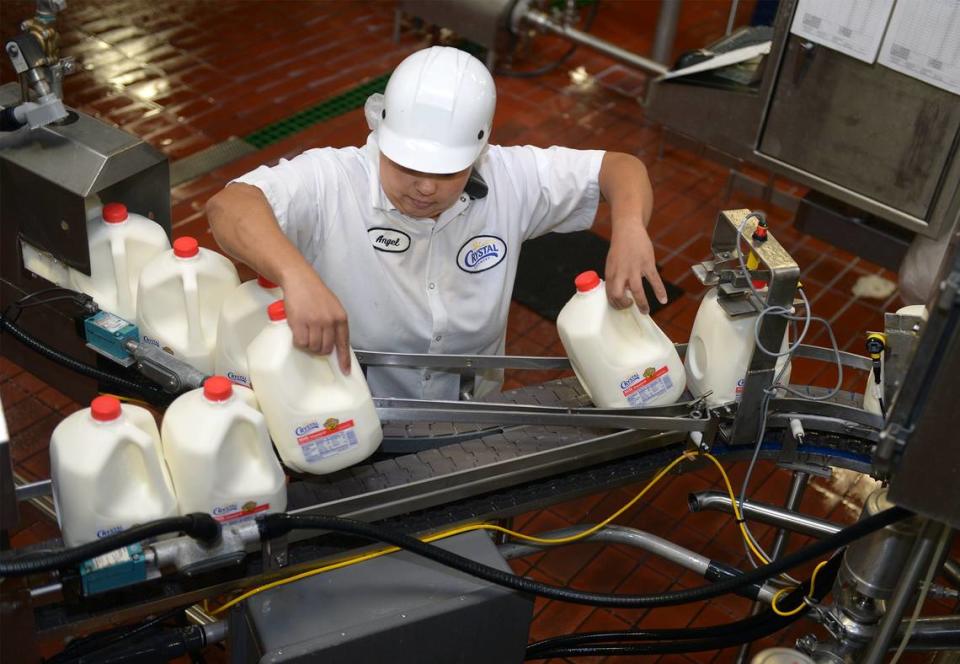Kids get only nonfat, lowfat milk at school. Weigh in on Valley lawmakers’ proposed change
Whole milk would return to school cafeterias under a bill that just passed the U.S. House of Representatives.
It would overturn a 2010 requirement for only nonfat or lowfat milk in meals funded by the U.S. Department of Agriculture.
The Modesto Bee invites readers here in dairy country to share their own milk preferences and views on the bill. They can send an email to jholland@modbee.com or fill out the survey at the end of this story online.
Whole milk is 4% fat, which some nutrition advocates say is not good for children. The dairy industry argues that the fat content helps kids feel full, reducing cravings for sweets and other unhealthy fare.
The current rule also bars 2% milk, labeled as reduced fat. Lowfat is 1%.

The bill’s co-sponsors include all three congressmen for Stanislaus County, one of the nation’s top milk producers. They are Republicans John Duarte and Tom McClintock and Democrat Josh Harder.
“Banning whole milk in schools turns out to have been a terrible idea,” Harder said in a news release. “... I’m glad we can get rid of this ban and reopen options for our kids to keep them happy, healthy and ready to do well in the classroom.”
The measure, House Resolution 1147, passed the House on a 330-99 vote Dec. 13. It is now before the U.S. Senate.
The dairy industry will sell plenty of milk for school breakfasts and lunches no matter the fat level. It nonetheless sees a need to overcome a perception among all consumers that whole milk is too fatty. Fluid milk sales overall have lagged in recent years, while cheese and other products have done better.
The Center for Science in the Public Interest isn’t buying the industry’s argument. Meghan Maroney, campaign manager for federal child nutrition programs, issued a statement just before a House committee vote in June.
“One in five school-aged children already have adverse cholesterol levels, which could further worsen with H.R. 1147,” she said. “In effect, the bill overrides Congress’s previous directives simply because the dairy industry wants it.”
Milk placed first among Stanislaus farm products in 2022, at $1.13 billion in gross revenue, the county agricultural commissioner reported. The total is based on income to farmers. It does not reflect the earnings of the several thousand people at dairy processing plants.

